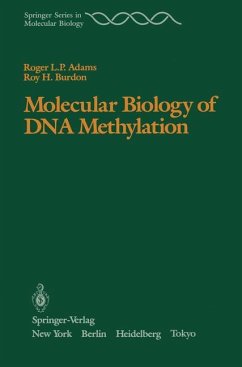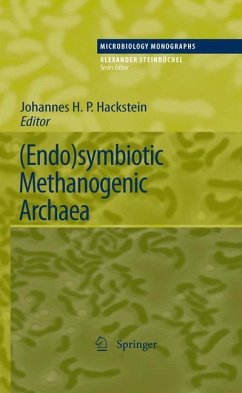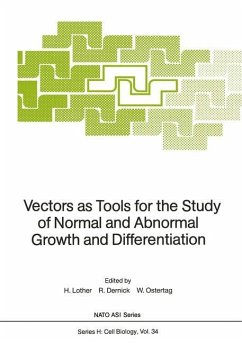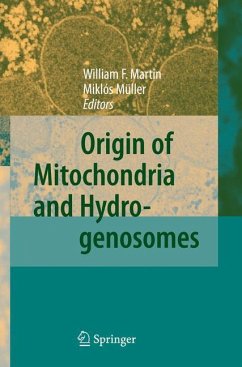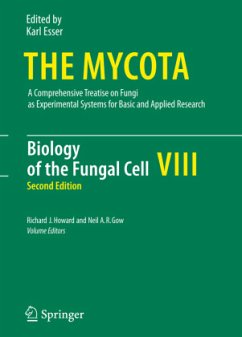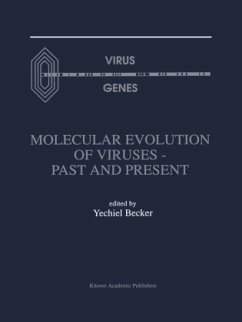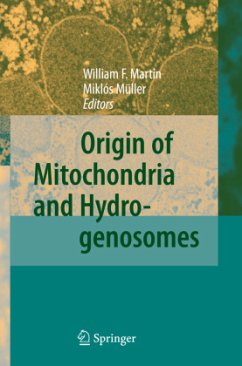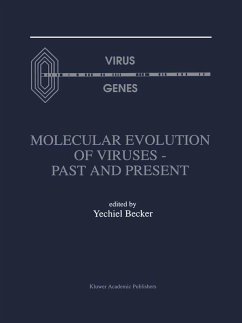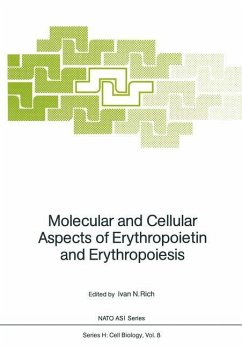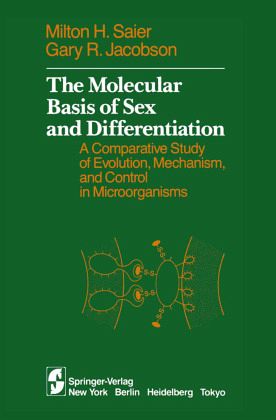
The Molecular Basis of Sex and Differentiation
A Comparative Study of Evolution, Mechanism and Control in Microorganisms

PAYBACK Punkte
20 °P sammeln!
Man's mind stretched to a new idea never goes back to its original dimensions Oliver Wendell Holmes Our current understanding of sex and biological differentiation results from the application of three principal experimental approaches to these subjects: those of the physiologist, the biochemist, and the geneticist. These three approaches are illustrated by the materials presented in the chapters of this volume. Chapters 1-5 emphasize conceptualization of developmental processes, describing systems principally from the standpoint of the physiologist. Structures and functions are defined with o...
Man's mind stretched to a new idea never goes back to its original dimensions Oliver Wendell Holmes Our current understanding of sex and biological differentiation results from the application of three principal experimental approaches to these subjects: those of the physiologist, the biochemist, and the geneticist. These three approaches are illustrated by the materials presented in the chapters of this volume. Chapters 1-5 emphasize conceptualization of developmental processes, describing systems principally from the standpoint of the physiologist. Structures and functions are defined with only occasional reference to specific molecular details. Chapters 6- 10 present the views of the biochemist, attempting to describe functions influ encing or regulating cellular behavior at the molecular level. And Chapters 11- 14 illustrate the approaches of the modem-day geneticist in his attempts to gain a detailed understanding of processes controlling gene expression. While it is possible to delineate these three major sections, each emphasizing a distinct experimental approach, it must be realized that the yield of knowledge increases exponentially with the number of experimental approaches available to the investigator. Information resulting from the application of each of these approaches must converge to give the same answers for anyone biological phenomenon in anyone experimental system. Further, if we can learn of details regarding a particular process by applying different experimental approaches, our postulates concerning the underlying molecular mechanisms are likely to be more accurate. But biological systems are not unrelated.





